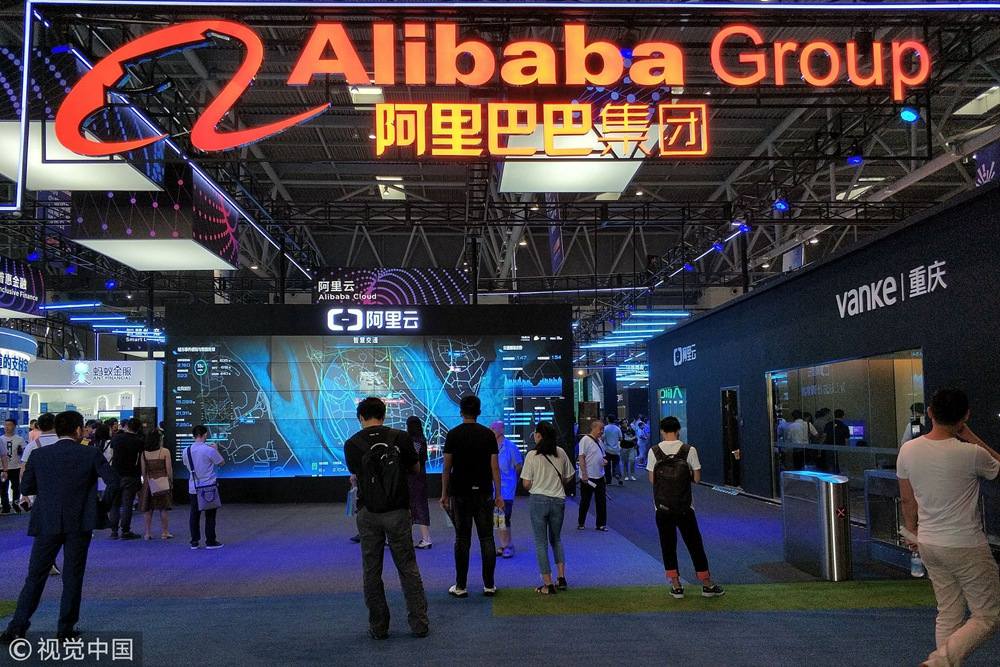
Opinion
16:20, 16-May-2019
China's April data yet to warrant broader-based measures
Jimmy Zhu

Editor's note: Jimmy Zhu is the chief economist at Fullerton Research. The article reflects the author's opinion, and not necessarily the views of CGTN.
The mixed reading of the April economic data doesn't really warrant further policy stimulus in the near term as what some of the market participants expected. A slowdown in factory output and retail sales may not reflect the current underlying trend of the economy, and policymakers are likely to abstain from implementing further broad-based measures even as the external uncertainties weigh on.
April's industrial production moderated to 5.4 percent on a year-on-year basis, matching the slowest growth rate since November last year. The slower output in the first month of the second quarter, even before the escalation of the U.S.-China trade tensions, suggested the economic downward pressure may start to increase in coming months.
However, earlier economic data, such as trade data and the purchasing managers' index (PMI) for April, showed that the manufacturing activities remain stabilized. Besides that, data shows that slower output last month was also due to some front-loading activities in the prior month, as industrial production grew 8.5 percent in March, the fastest pace in almost five years. If combining March and April's reading, the average growth rate stood at 6.9 percent.

China's Alibaba Group takes part in the 2018 Smart China Expo in Chongqing Municipality, southwest China, August 23, 2018. /VCG Photo
China's Alibaba Group takes part in the 2018 Smart China Expo in Chongqing Municipality, southwest China, August 23, 2018. /VCG Photo
Manufacturing activities lost the momentum that happened before the latest escalation of the trade tensions. Whether the factory activities will further slow due to the potential new tariffs becoming a major concern remains a concern, as outbound shipment to the U.S. accounts for about 20 percent of all China's exports. However, it should be known that China's industrial production has been less correlated to its exports since late 2015, which can also explain that factory activities have become more related to the domestic condition.
Retail sales expanded 7.2 percent year on year in April, down from an 8.7 percent increase in March. Lacking the investment return could be one of the major reasons behind the slower consumption.
Alibaba posted its earnings report on May 15 which topped the analysts' estimates. The e-commerce giant expects revenue in the current year to jump at least 33 percent to more than 500 billion yuan (73 billion U.S. dollars). Given the facts that those people born in the 1980s and 1990s have become the main contribution to the consumption force, many of this group of people prefer to order food and shop through online channels with cheaper prices, instead of visiting restaurants and physical stores to consume.
As a result, slowing down in retail sales may not necessarily reflect the tepid consumption demand, and it can be largely due to the change of consumption style and improving technology in society.

VCG Photo
VCG Photo
With the below-estimated industrial production and retail sales data, some investors expect the authorities to respond to the data and counter the new tariffs from Washington by introducing more aggressive stimulus. However, there are better reasons for the authorities to adopt the wait-and-see approach before introducing further stimulus measures.
First, Chinese exporting growth to the U.S. has been trending lower since 4Q last year, but the Chinese economy remained stabilized in the first quarter this year. And it is thought that targeted liquidity measures are still preferred, which can be certified by the People's Bank of China's recent “low-profile” measures to support the economy, such as injecting 200 billion yuan (29.12 billion U.S. dollars) to financial institutions via its one-year medium-term lending facility on May 14.
Besides, current onshore-offshore yuan spread is near 300 pips, and increasing yuan depreciation pressure may also limit the monetary easing room. Given that the offshore yuan is not far away from the key psychological level at 7, any aggressive monetary measures may bring some side effects to the currency. Keeping the yuan stable amid increasing external risks is one of the key drivers to maintaining stability in the domestic capital market.
With all these factors in consideration, China should be in no hurry to introduce further broader-based measures.
(If you want to contribute and have specific expertise, please contact us at opinions@cgtn.com.)

SITEMAP
Copyright © 2018 CGTN. Beijing ICP prepared NO.16065310-3
Copyright © 2018 CGTN. Beijing ICP prepared NO.16065310-3